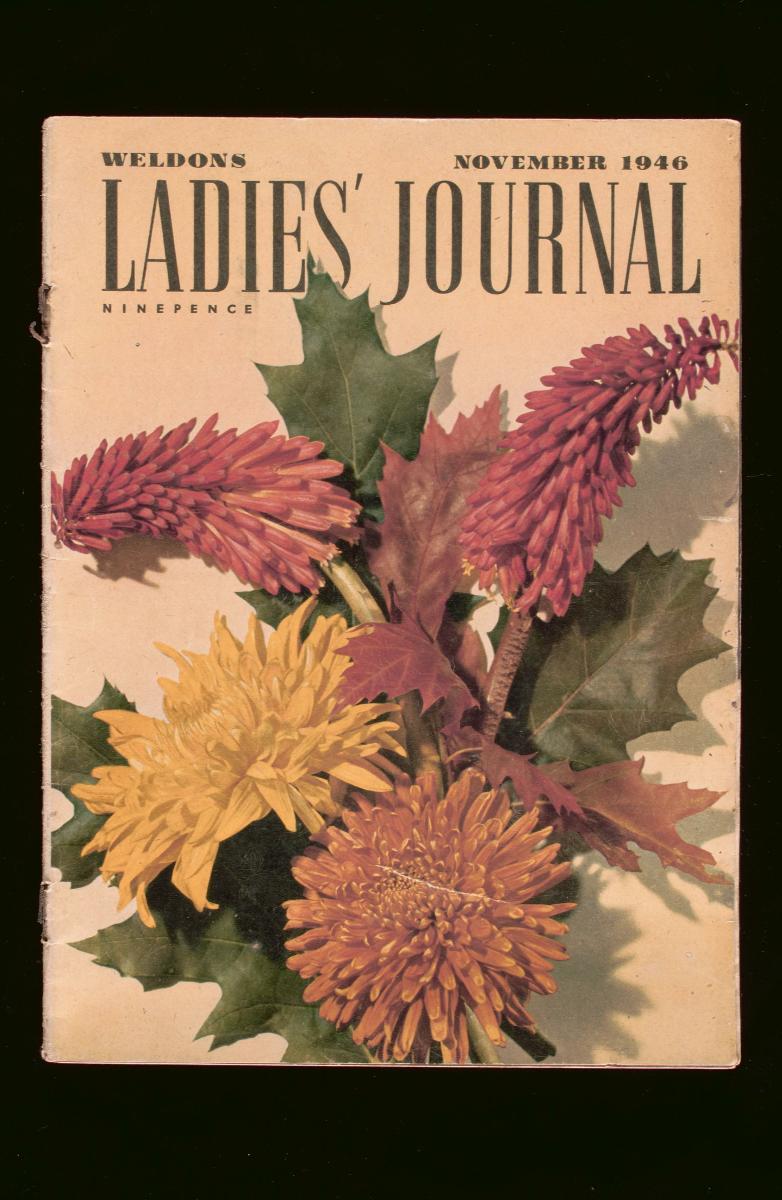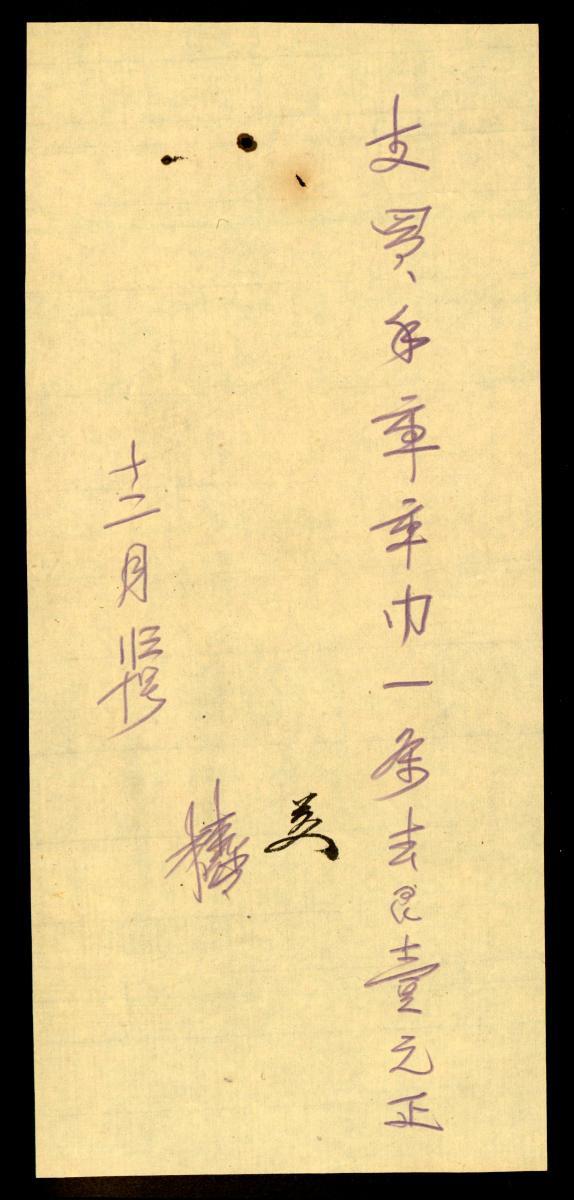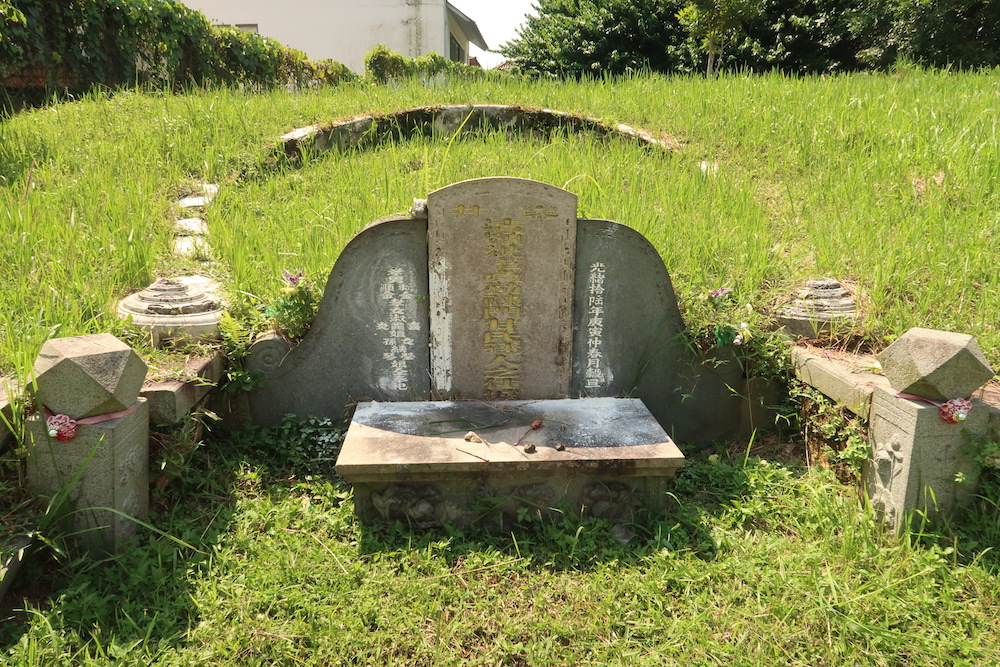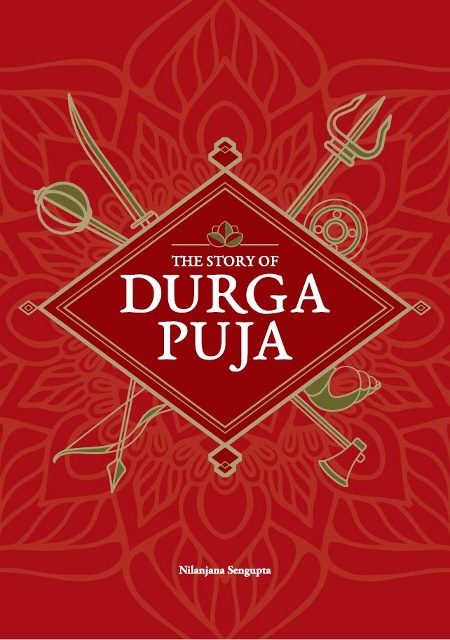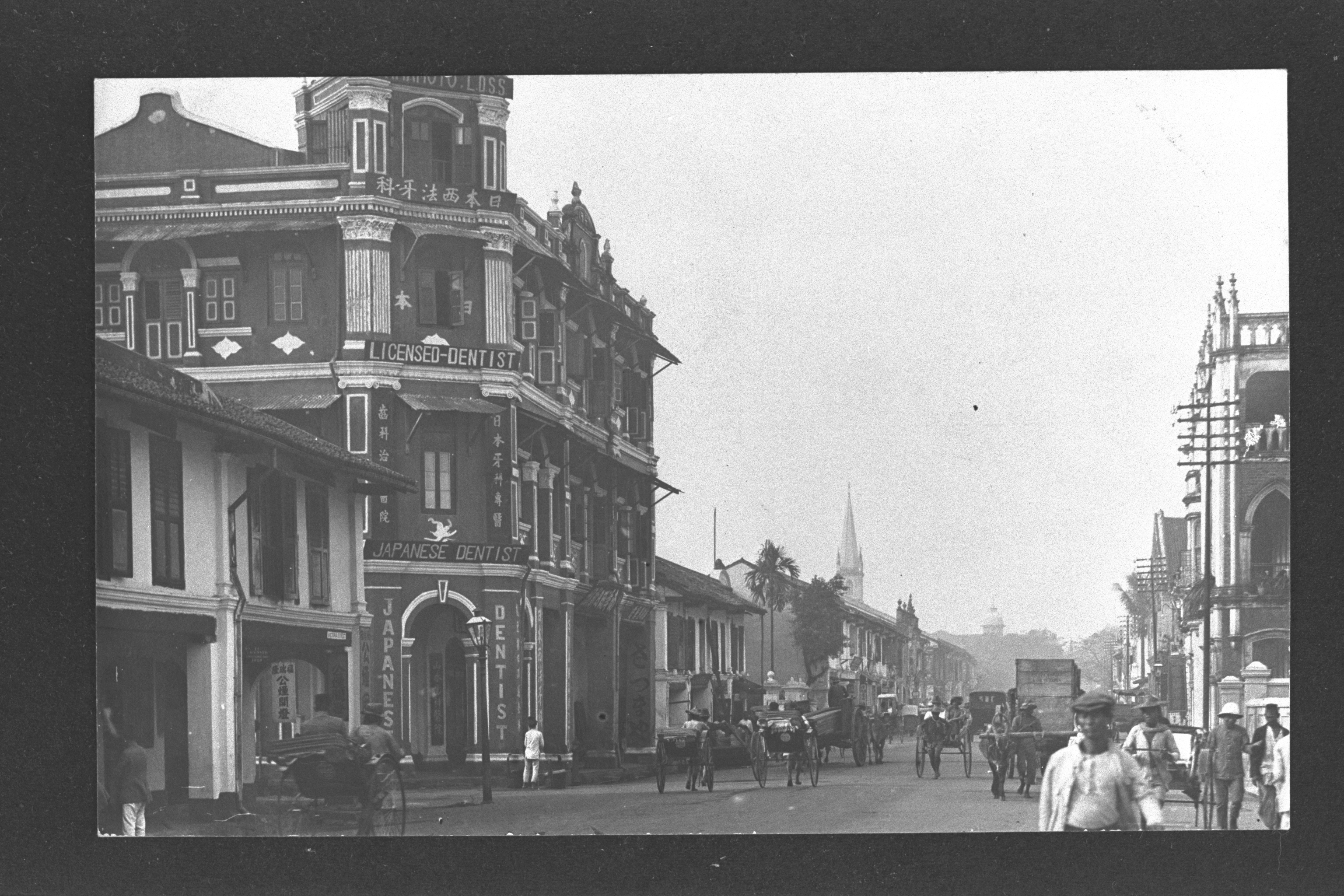This rare and finely hand-drawn wall hanging is from Masulipatnam which was a port city along the Bay of Bengal that was famous for its outstanding kalamkari production. Kalamkari is a type of technique that involves painting using a bamboo pen (qalam) and resist-dying on cotton textile with natural vegetable dyes. Kalamkari textiles enjoyed popularity with buyers ranging from Gujarati merchants and Mughal royals to Southeast Asian trade markets and later, Europeans, to whom it became known as chintz. The design layout for this particular textile takes inspiration from Persian carpet design consisting of a central medallion, four corner medallions and a field with different types of borders. The middle of the field has the pattern of delicate lotus blossoms. This textile is liberally stamped with fine lines of applied gold which gives it a bright and shimmering effect. As the Kalamkari textiles produced in Masulipatnam were meant for clothes, bedspreads, tapestries and hangings, the motifs were often secular in nature, cross-cultural and combined local motifs with those derived from Persia and Europe. Kalamkari textiles have regained popularity in recent years and continue to be popular among Indians and the Indian diaspora in Southeast Asia.






